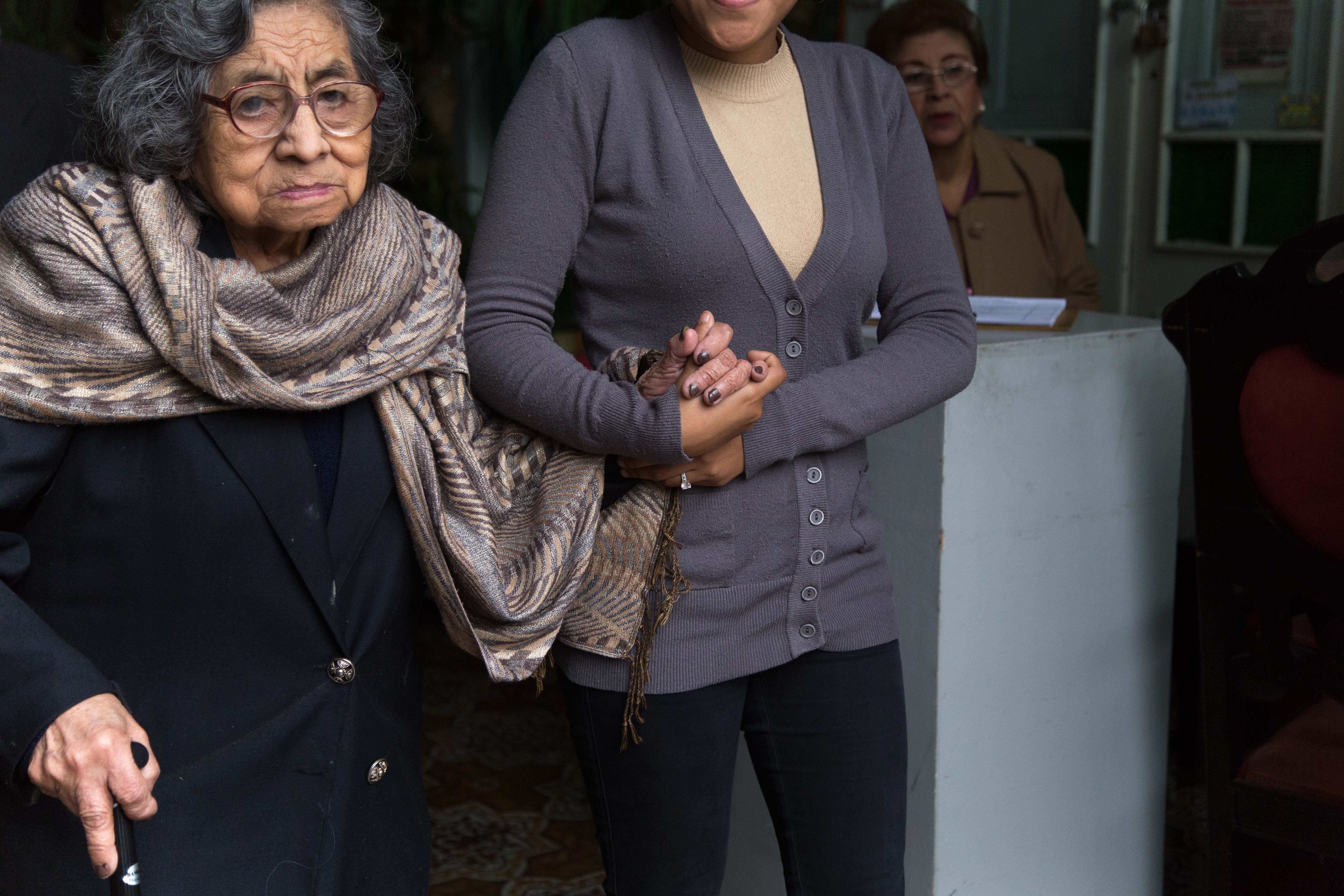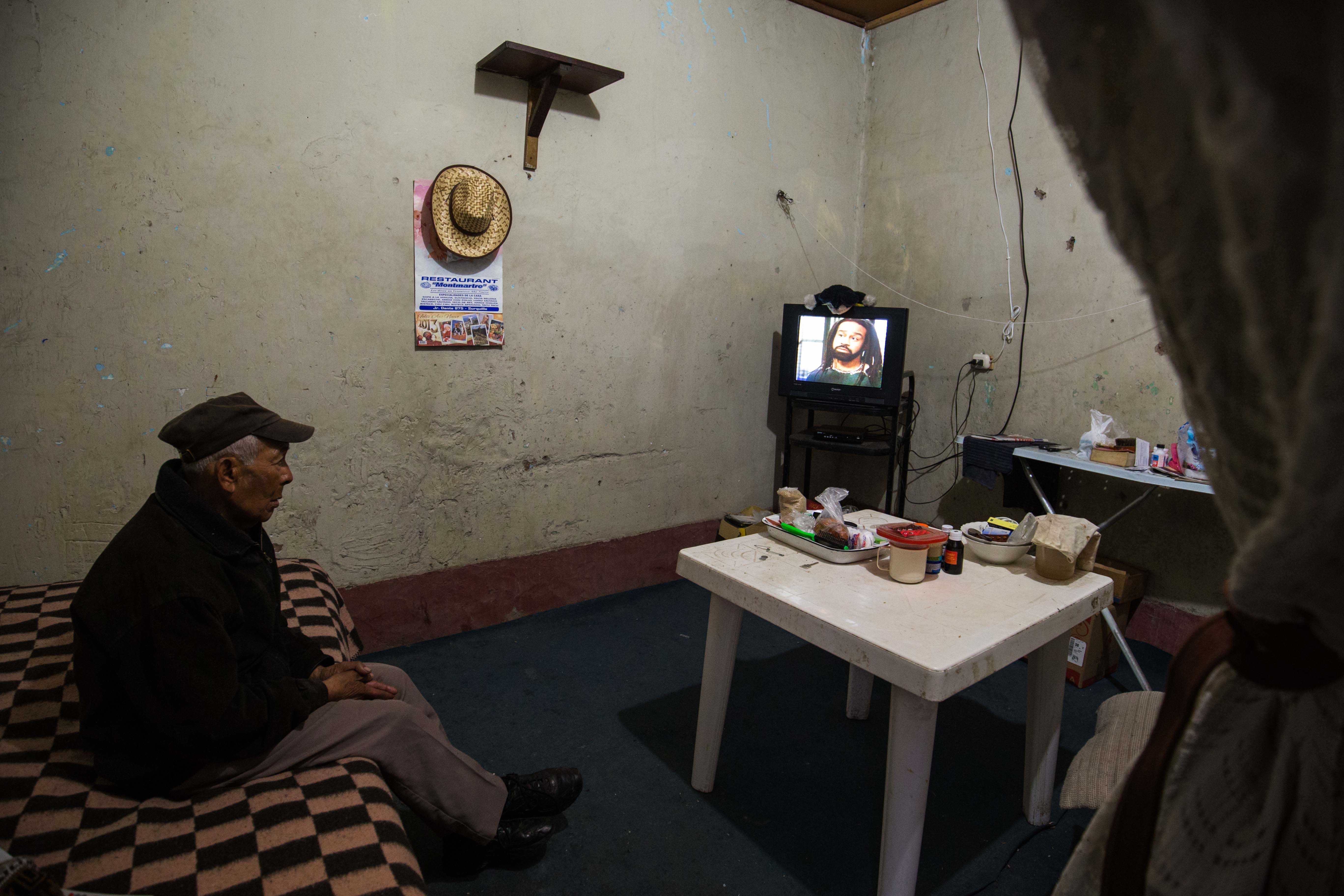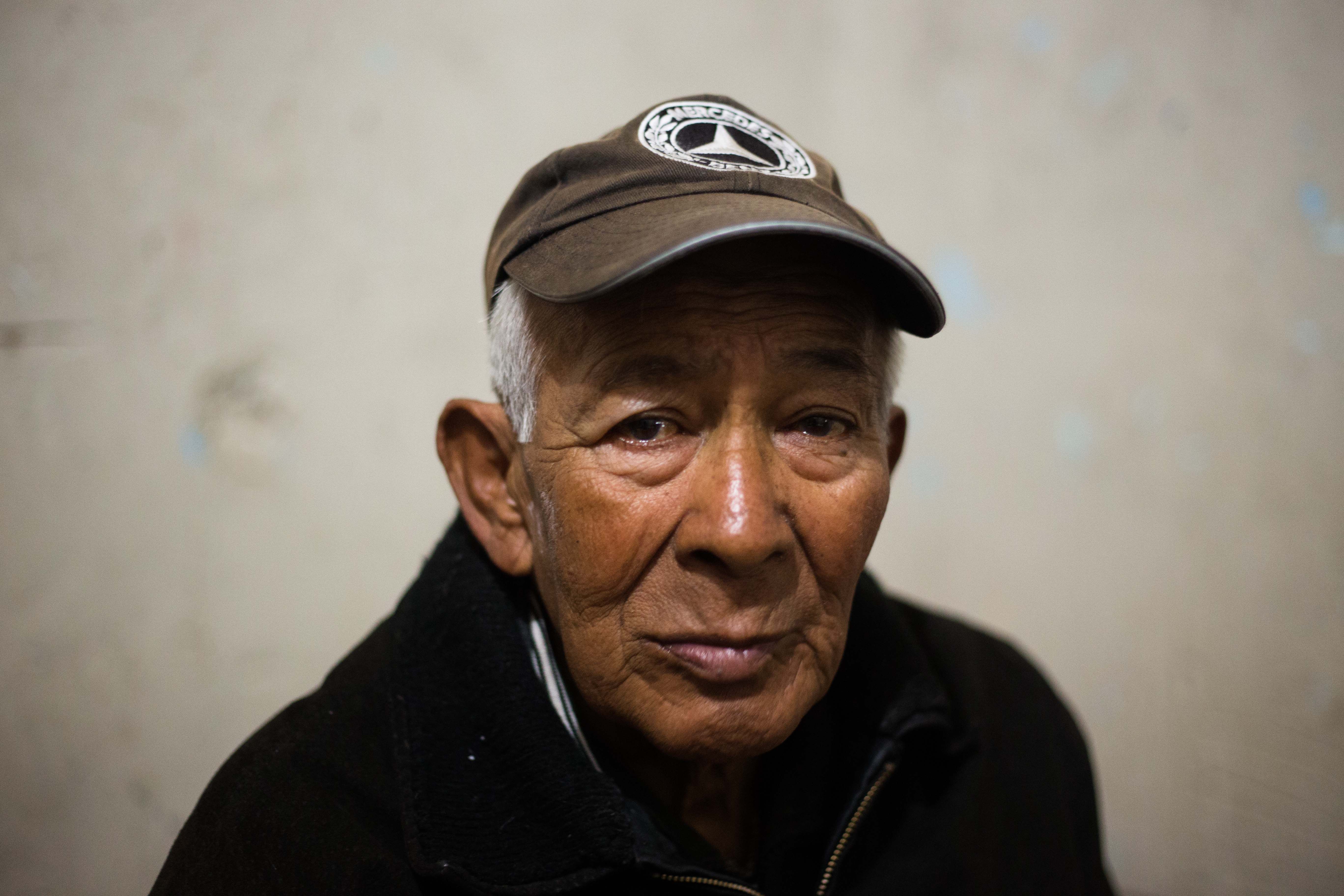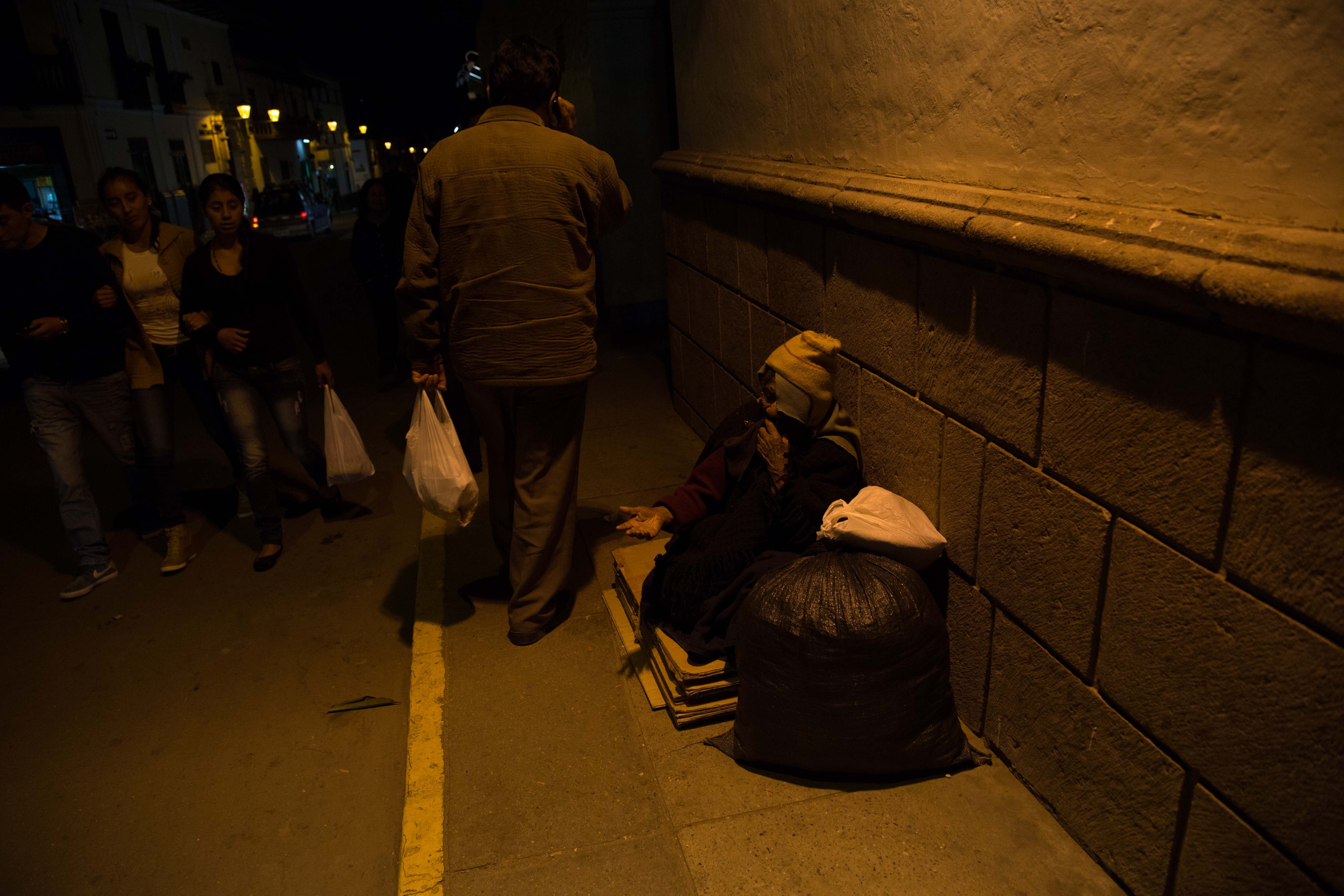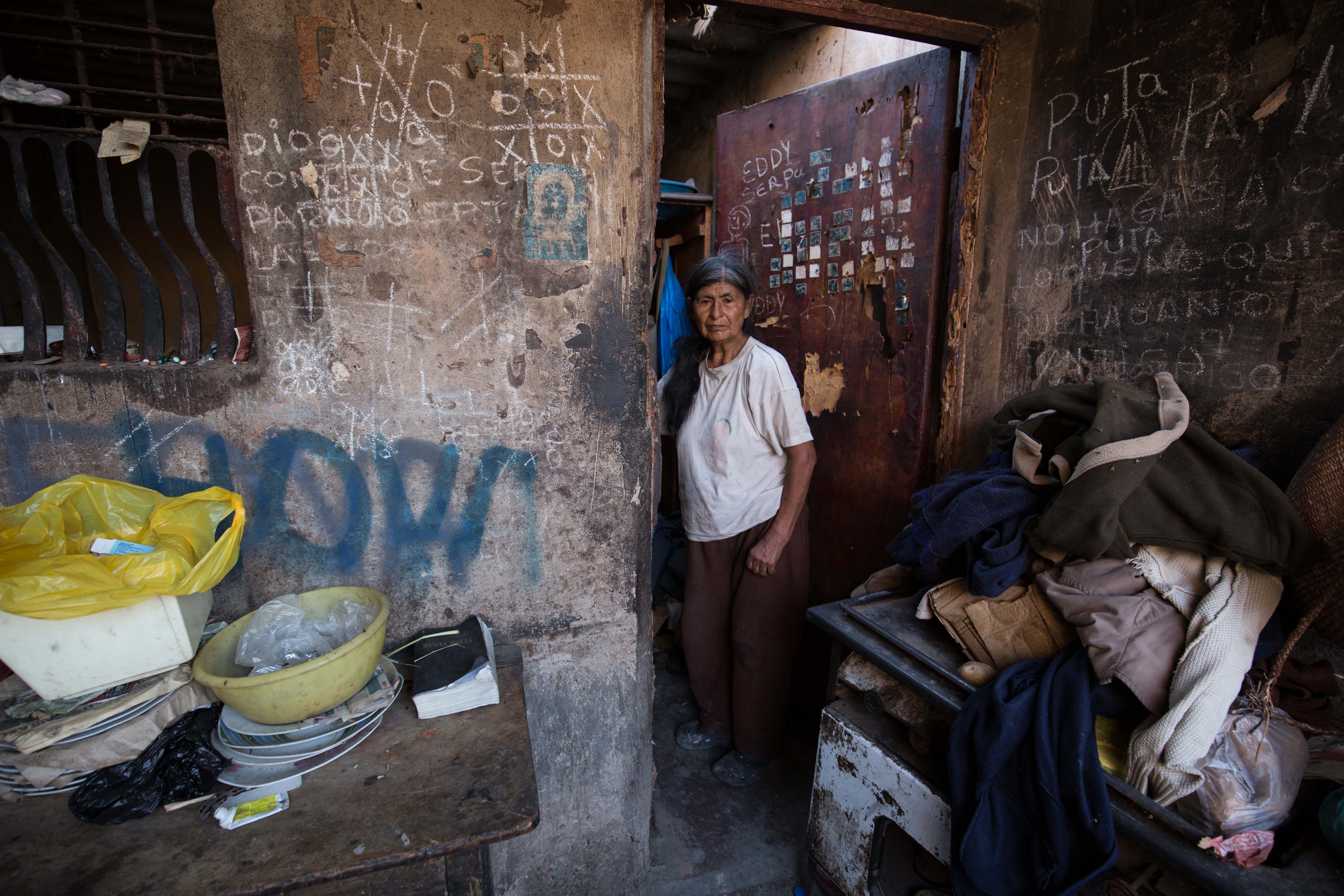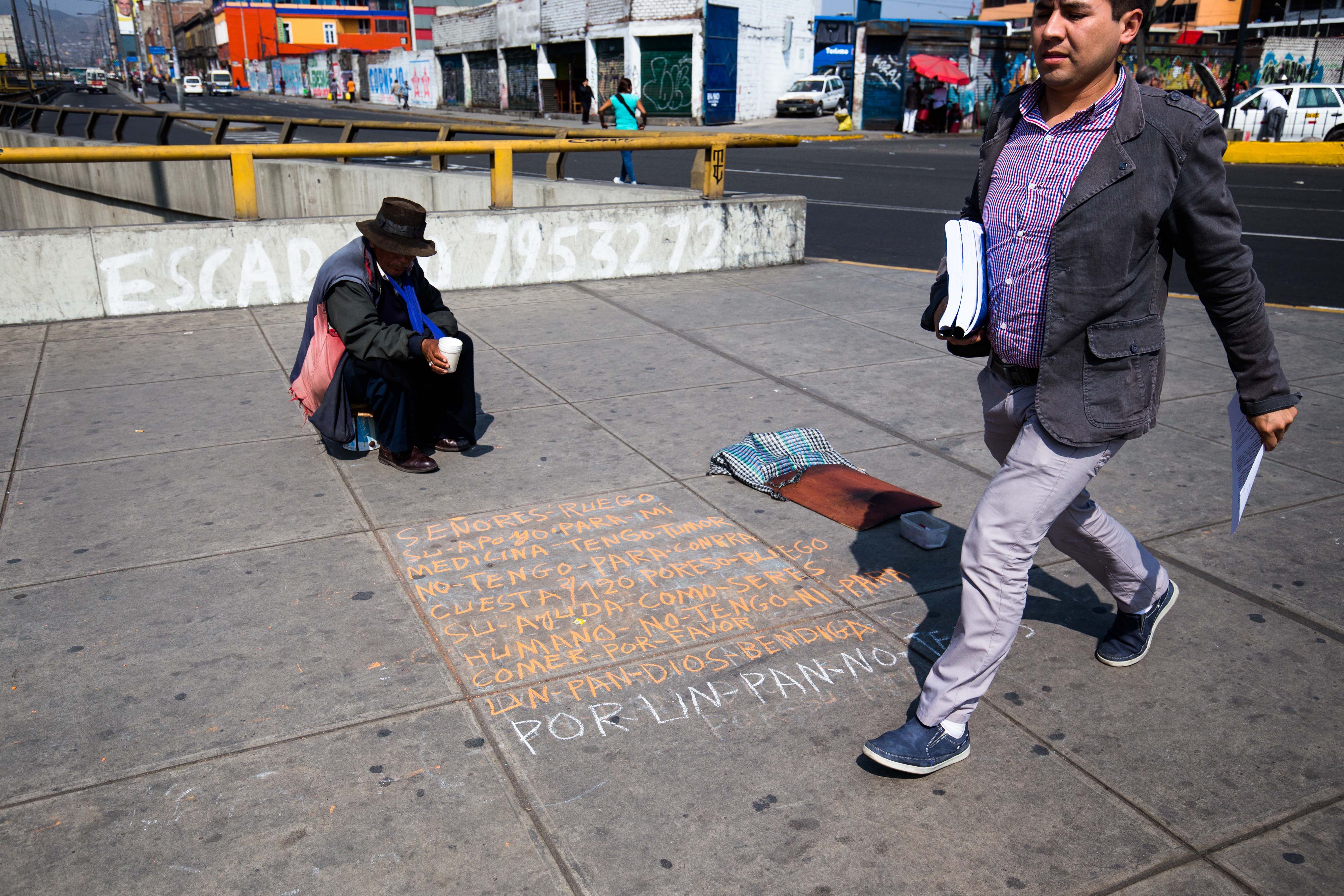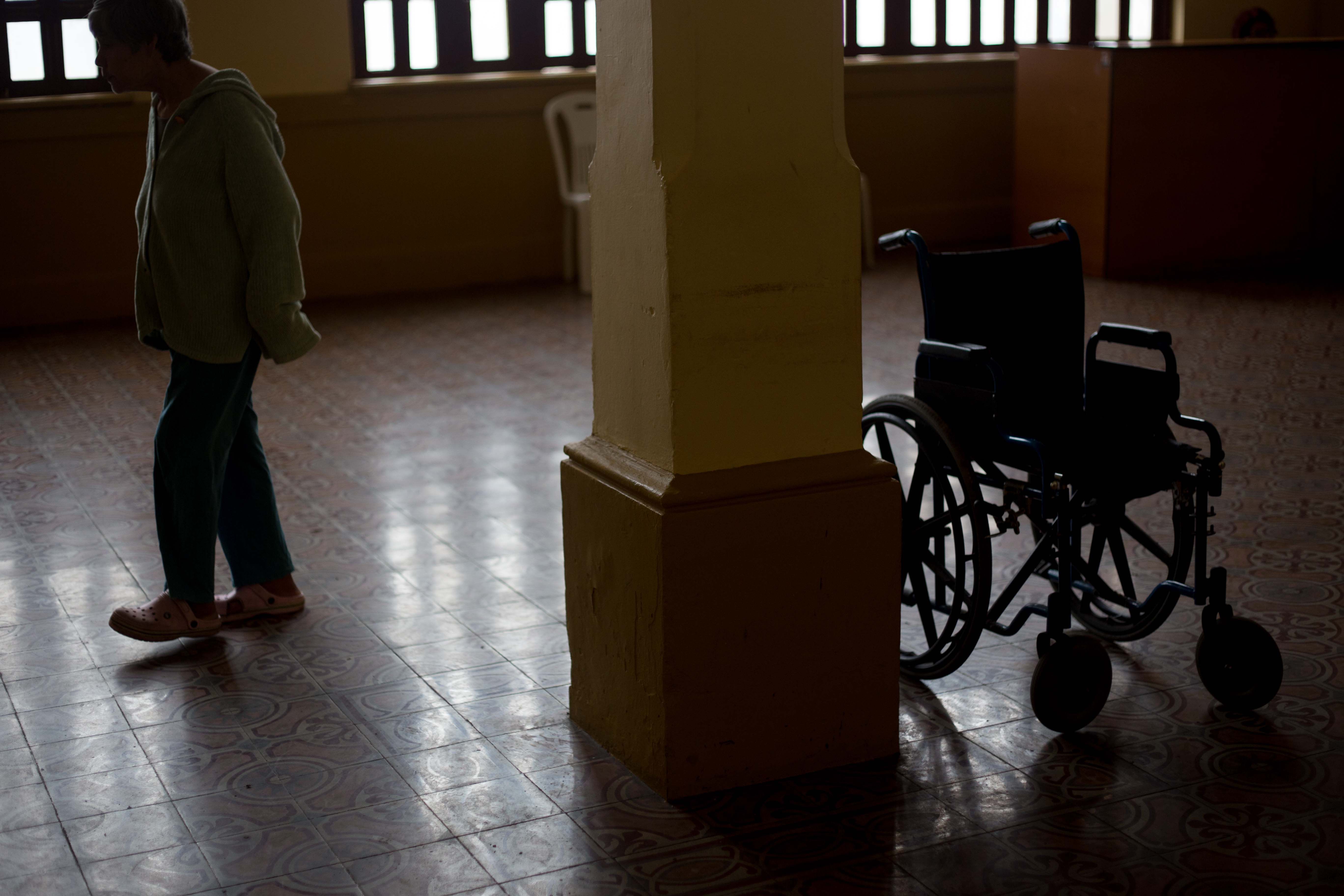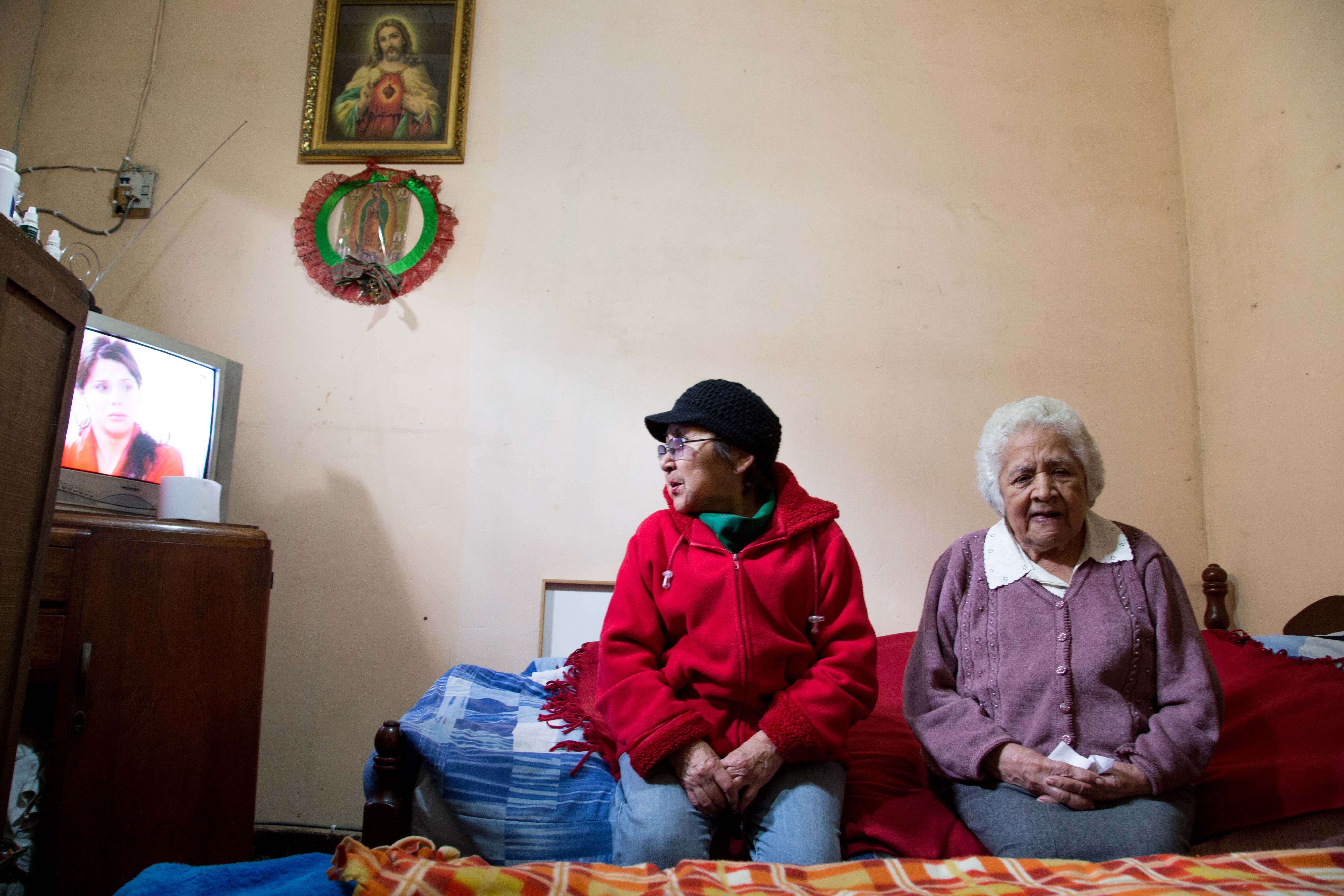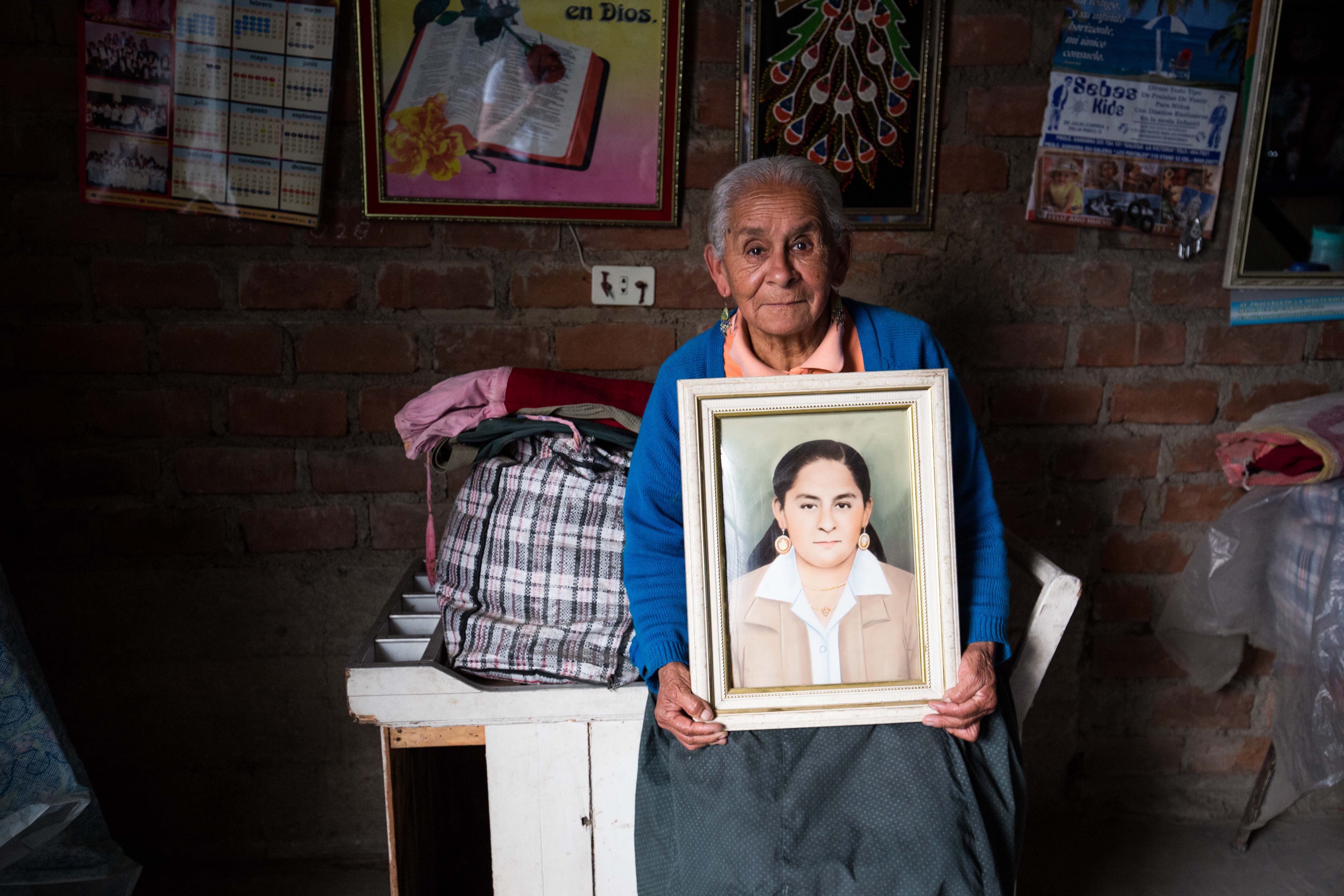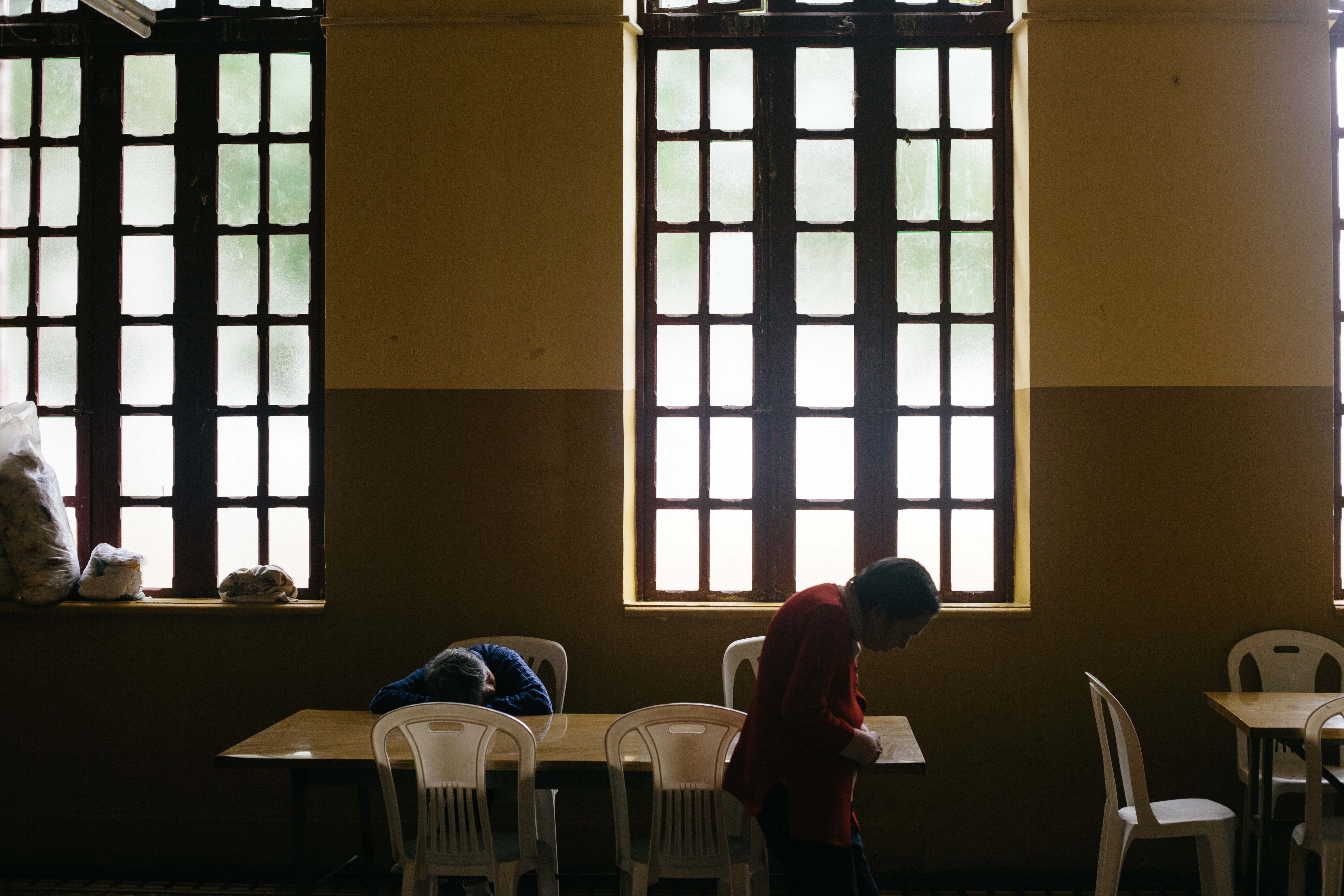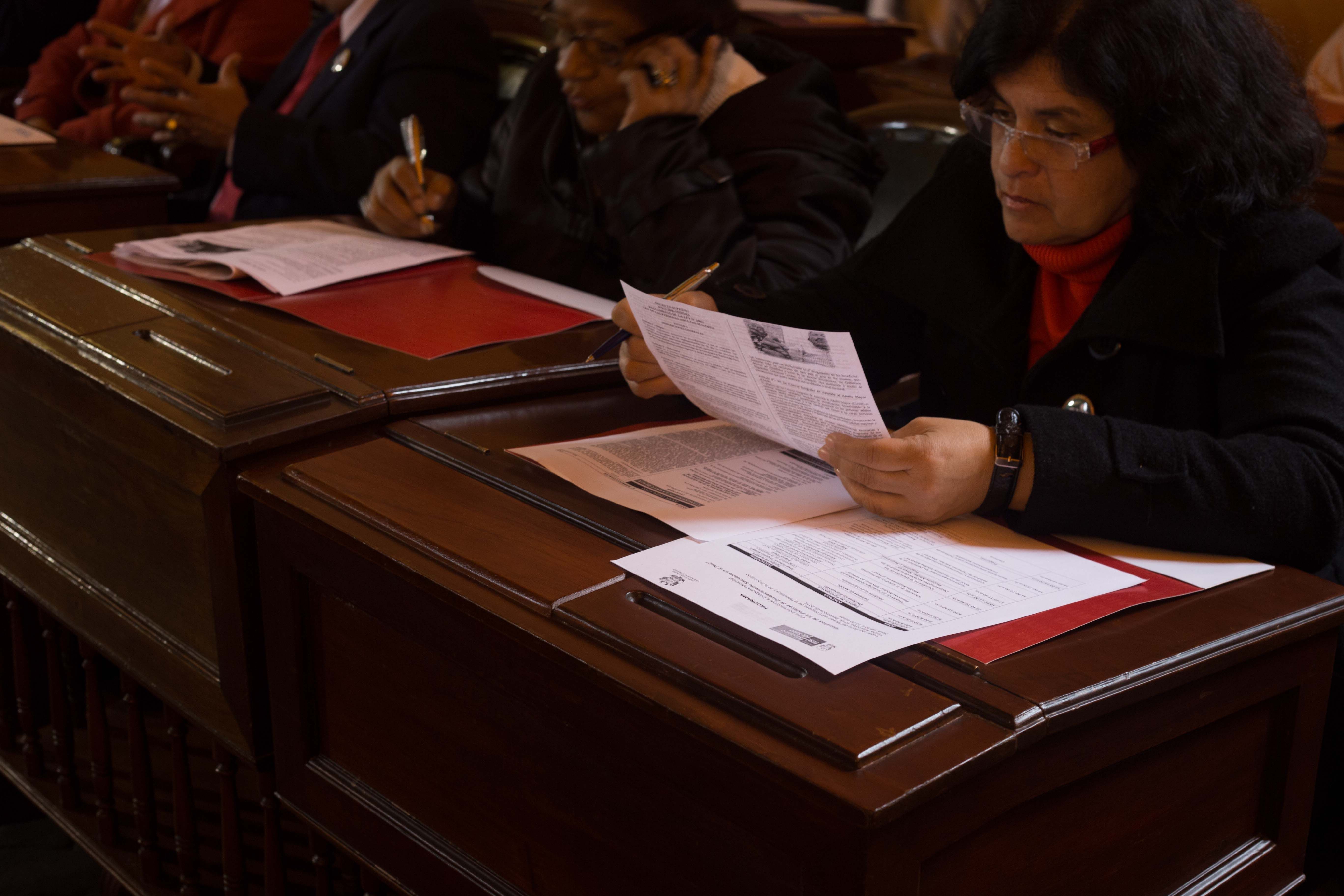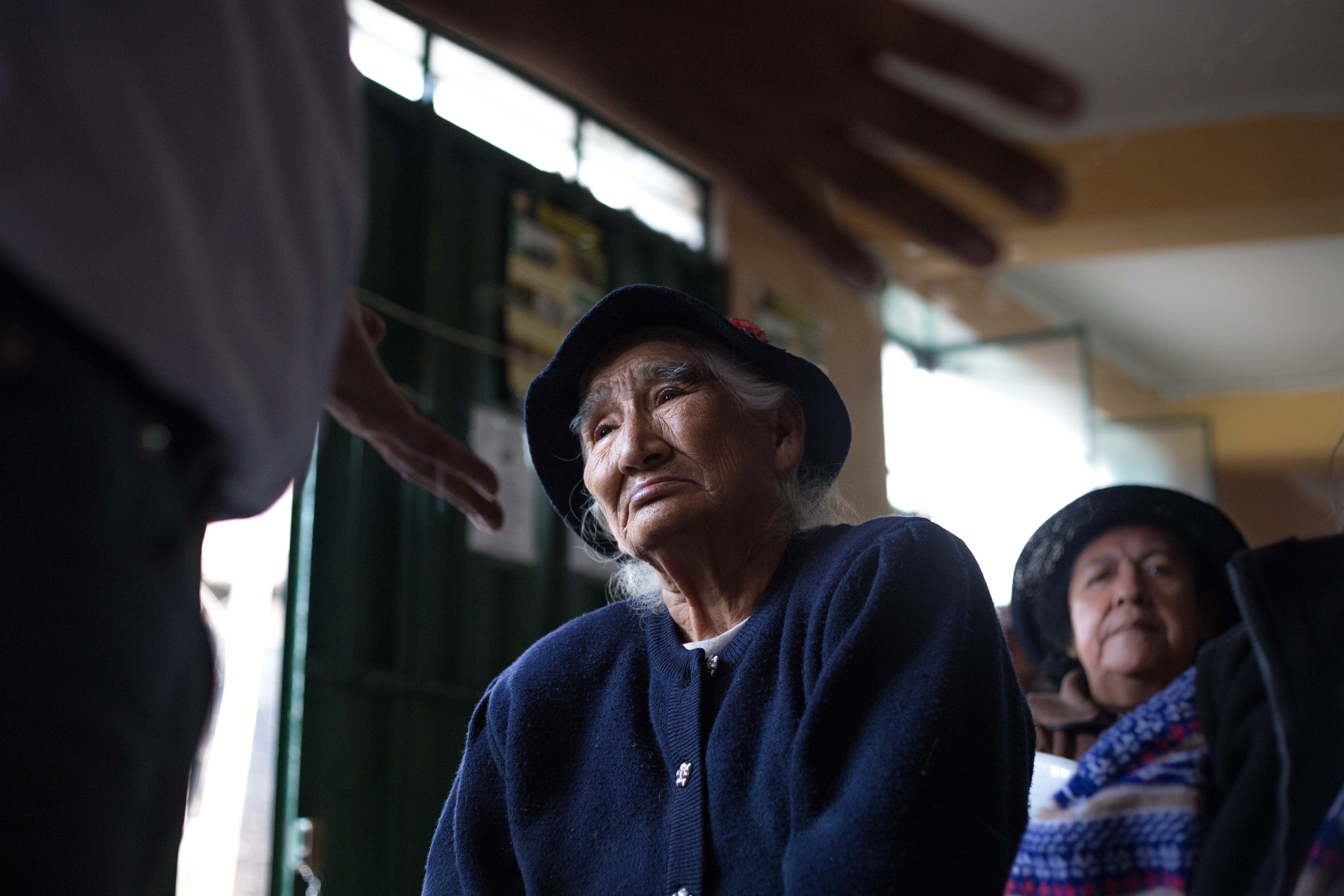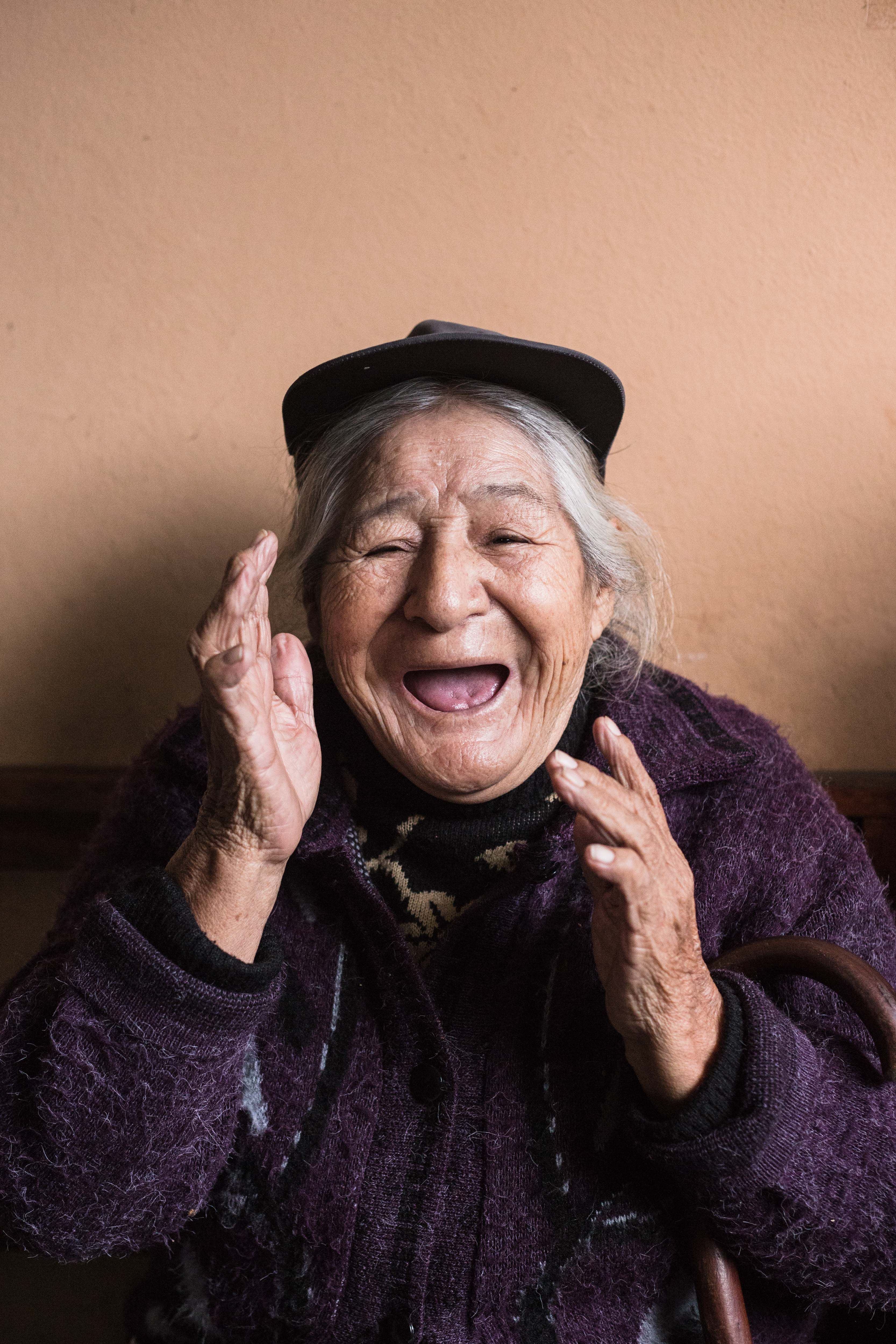January 12, 2015 | Pulitzer Center
By
Michelle Ferng
Peru is among the many countries undergoing rapid aging, with the proportion of the population over the age of 60 projected to rise from 9.2 percent in 2014 to 22.7 percent in 2050. Johns Hopkins Bloomberg School of Public Health Student Fellow Michelle Ferng travels to Peru to explore the plight of older adults and challenges of aging in modern society.

